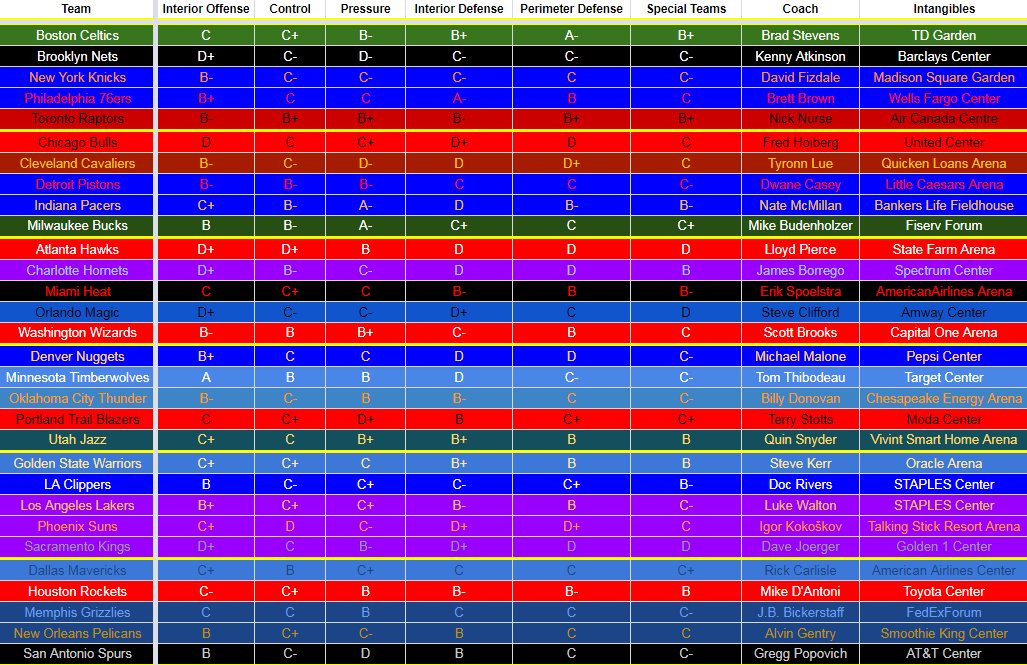
For an 8th season, the NBA Lightweight Report returns to #TheNU! All items expressed here are mine.
This is the part where we cover the departments:
NBA previewing does not require as much science. The NFL schedule is a significant variable in a team’s success. Everyone plays everyone in the NBA, so the best teams win. Alas, there’s the caveat with the “team” parts of things. In the NFL, teams (and their coaching staffs) are pretty much set for the season. In the NBA, things change constantly: Stars get traded, injuries and transactions can completely remake a team, and coaches and even general managers can lose their job with as little as a bad 16-game streak. Nobody is safe in the NBA!
Now, I’d love to have gotten this out two days earlier. But I’ve been working – and I don’t get paid for this. So I’ll just drop my placeholders here in this space, knowing that I’ll be here to cover the league all season.
Here are this year’s five key dates to reassess where teams are at different points in the season, based on the date each team will have played their 16th, 32nd, 48th, 64th, and 82nd games:
• START (November 23)
• OLD YEAR (December 26)
• ALL-STAR BREAK/MIDSEASON (January 27)
• POST-TRADE DEADLINE (March 8)
• END (April 10)
Here is the explainer for the semi-subjective grades that you will see below:
For offense, I use “perimeter offense”, “interior offense”, and “control”:
Perimeter offense is heavily influenced by perimeter personnel’s ability to drive, draw fouls, and score, as well as the depth and effectiveness of all distance shooters.
Interior offense is reserved for post personnel scoring and offensive rebounding.
Control refers to the ability of a team’s collective passing and ability to limit turnovers, not limited to just point guard play.
For defense, I use “pressure”, “interior defense”, and “perimeter defense”.
Pressure is the team’s ability to force steals and other turnovers.
Interior defense refers to the ability of a team’s ability to not only block shots and rebound, but to contain effective bigs before the shot while protecting the rim without fouling.
Perimeter defense refers to the ability of a team to defend shooters and penetrators consistently, not simply in the act of gambling.
A Lightweight Report trademark: “basketball special teams”, highly influenced by football special teams. I feel it is a good way to evaluate free throw shooting, which is NOT the ability to draw fouls but simply the ability to make free throws (kicking game), fast break (return units), transition defense (coverage), pace (tempo), and depth (personnel). Just like special teams is a factor in football, but not to the level of the offense and defense, special teams in basketball is a factor even though it is not as critical as half-court effectiveness on both ends.
I don’t grade coaching and intangibles, but they figure into any head-to-head evaluation.
I’m including every team’s “rotation chart” once again to show how each team has changed from the end of last season up to the season opener. Follow me @LawMurrayTheNU – it’ll motivate me to take more:

Eastern Conference

2018-2019 Atlantic

Raptors – 1st Eastern

Celtics – 2nd Eastern

76ers – 3rd Eastern

Knicks – 10th Eastern

Nets – 14th Eastern

2018-2019 Central

Bucks – 5th Eastern

Pacers – 6th Eastern

Pistons – 8th Eastern

Bulls – 11th Eastern

Cavaliers – 12th Eastern

2018-2019 Southeast

Wizards – 4th Eastern

Heat – 7th Eastern

Hornets – 9th Eastern

Hawks – 13th Eastern

Magic – 15th Eastern

Western Conference

2018-2019 Northwest

Jazz – 3rd Western

Timberwolves – 5th Western

Thunder – 7th Western

Trail Blazers – 8th Western

Nuggets – 13th Western

2018-2019 Pacific

Warriors – 1st Western

Lakers – 4th Western

Clippers – 10th Western

Suns – 14th Western

Kings – 15th Western

2018-2019 Southwest

Rockets – 2nd Western

Mavericks – 6th Western

Pelicans – 9th Western

Grizzlies – 11th Western

Spurs – 12th Western

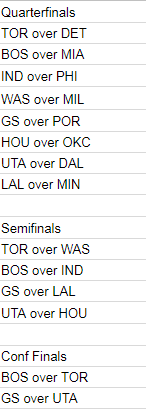
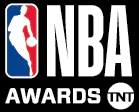
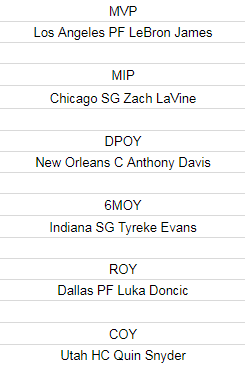
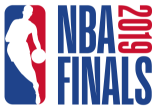
CELTICS over Warriors in 7
-1SKILLZ

